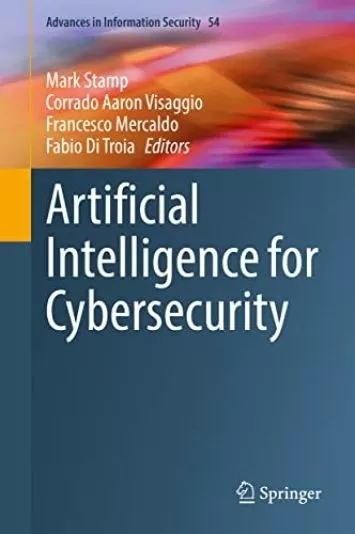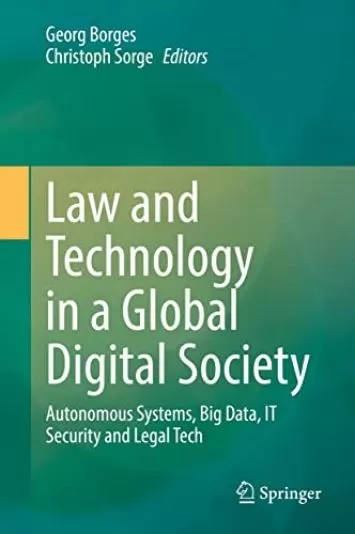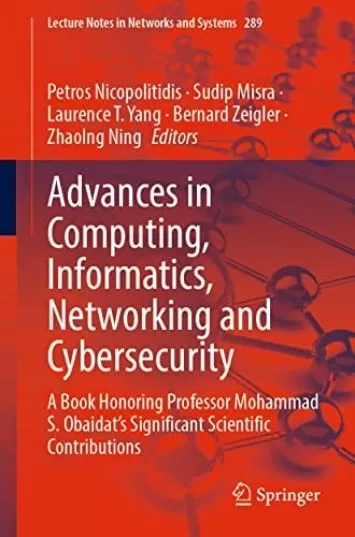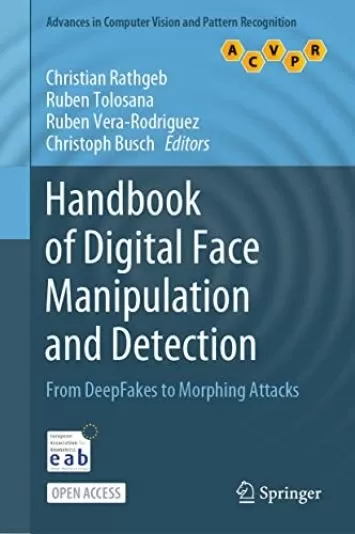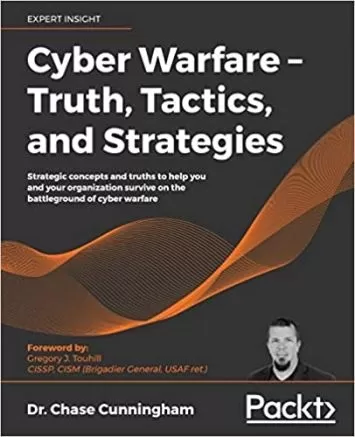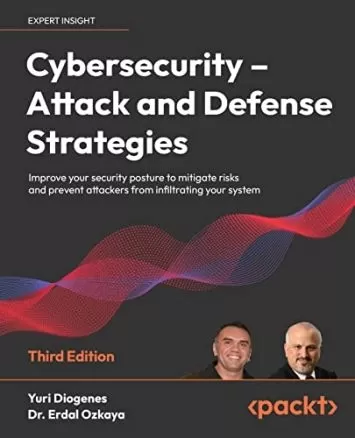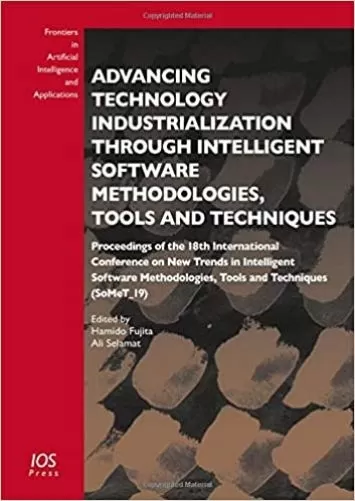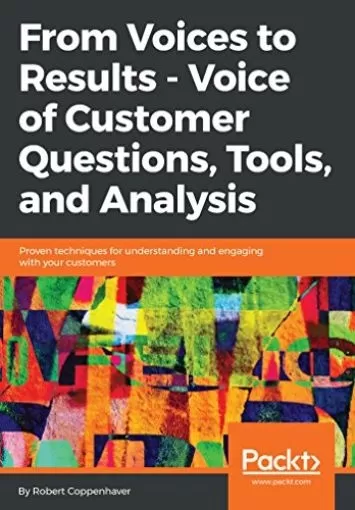
Adversarial Tradecraft in Cybersecurity: Offense versus defense in real-time computer conflict
Category
Author
Publication
Packt Publishing
Little has been written about what to do when live hackers are on your system and running amok. Even experienced hackers tend to choke up when they realize the network defender has caught them and is zoning in on their implants in real time. This book will provide tips and tricks all along the kill chain of an attack, showing where hackers can have the upper hand in a live conflict and how defenders can outsmart them in this adversarial game of computer cat and mouse.
This book contains two subsections in each chapter, specifically focusing on the offensive and defensive teams. It begins by introducing you to adversarial operations and principles of computer conflict where you will explore the core principles of deception, humanity, economy, and more about human-on-human conflicts. Additionally, you will understand everything from planning to setting up infrastructure and tooling that both sides should have in place.
Throughout this book, you will learn how to gain an advantage over opponents by disappearing from what they can detect. You will further understand how to blend in, uncover other actors' motivations and means, and learn to tamper with them to hinder their ability to detect your presence. Finally, you will learn how to gain an advantage through advanced research and thoughtfully concluding an operation.
By the end of this book, you will have achieved a solid understanding of cyberattacks from both an attacker's and a defender's perspective.
Review
"A well written book that outlines a solid strategic framework for cybersecurity offense-versus-defense competitions and defines the core principles and expresses tactics with supporting tool references. An enlightening read that provides insights to the creative maneuvering possibilities in cyberwarfare competitions."
--Matthew Rosenquist, CISO and Cybersecurity Strategist
"This book provides a wealth of knowledge and should be a required read in every university cybersecurity program. I especially liked how Dan broke down the thought process of attacks and defensive methods, so the reader could develop critical thinking skills that will help them in their career."
--Ken Underhill, Executive Producer & Host of the Cyber Life television show
About the Author
Dan Borges is a passionate programmer and security researcher who has worked in security positions for companies such as Uber, Mandiant, and CrowdStrike. He has served in several security roles, from penetration tester to red teamer, and from SOC analyst to incident responder. Dan has been programming various devices for >20 years, with 14+ years in the security industry. He has been a member of the National Collegiate Defense Competitions Red Team for 8 years and a director of the Global Penetration Testing Competition for 5 years. Outside of computers, Dan enjoys hiking, rafting, and snowboarding. He avidly participates in capture the flag (CTF) competitions or hackathons over weekends.
- Understand how to implement process injection and how to detect it
- Turn the tables on the offense with active defense
- Disappear on the defender's system, by tampering with defensive sensors
- Upskill in using deception with your backdoors and countermeasures including honeypots
- Kick someone else from a computer you are on and gain the upper hand
- Adopt a language agnostic approach to become familiar with techniques that can be applied to both the red and blue teams
- Prepare yourself for real-time cybersecurity conflict by using some of the best techniques currently in the industry
Pentesters to red teamers, security operations center analysts to incident responders, attackers, defenders, general hackers, advanced computer users, and security engineers will benefit from this book. Participants in purple teaming or adversarial simulations will also learn a lot from its practical examples of processes for gaining an advantage over the opposing team.
Basic knowledge of Python, Go, Bash, PowerShell, system administration as well as knowledge of incident response in Linux and prior exposure to any kind of cybersecurity knowledge, penetration testing, and ethical hacking basics will help you follow along.
- Theory on Adversarial Operations and Principles of Computer Conflict
- Preparing for Battle
- Invisible is Best (Operating in Memory)
- Blending In
- Active Manipulation
- Real-Time Conflict
- The Research Advantage
- Clearing the Field








